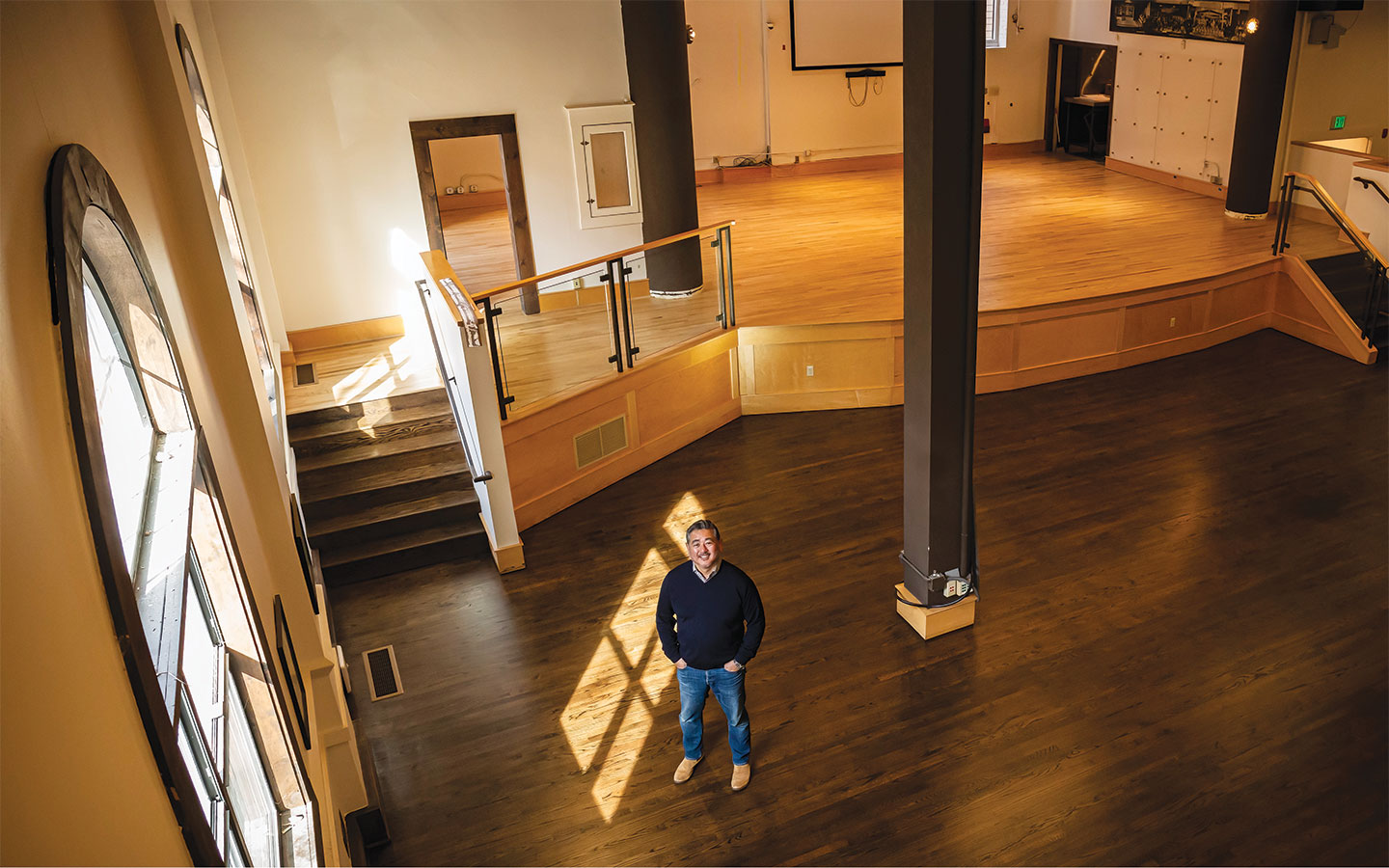

Entrepreneur Reimagines a Historic Japanese Theater in Seattle
Whitman alum and healthcare business leader, Eric Hayashi ’87, revives a space with historical, cultural and personal significance
By Tara Roberts
Photography by Rodrigo DeMedeiros
For decades, the Nippon Kan Theatre, built in 1909, was a community hub for immigrants living in Seattle’s Nihonmachi, or Japantown.
Residents flocked to watch Kabuki theater, hear traditional music, discuss community issues, and share celebrations and cultural events. In the 1930s, it was home to the Seattle Symphony.
But when President Franklin D. Roosevelt signed Executive Order 9066 in 1942, which forcibly incarcerated people of Japanese descent, the Nippon Kan, like so many other beloved places, was boarded up.
The theater found a second life in 1981 when it was restored by Seattle Architect Edward M. Burke and returned to hosting events and performances. But it closed again in 2005 when the building was purchased by a company that used it for office space.
Now, the Nippon Kan is getting yet another chance at life as a theater, thanks to Whitman College alum Eric Hayashi ’87.
“I fell in love with it right away. I love the connection as the cultural heart of Nihonmachi.
”
Eric Hayashi ’87
Hayashi, a Seattle-based entrepreneur of Japanese ancestry, bought the building containing the theater in 2023 with plans to house one of his companies on the upper floors.
The previous tenant had updated the building with a hip, brick-and-beam feel, and the theater had been well cared for, Hayashi says. But the stage, main floor, and mezzanine looked like a generic office, covered with rows of cubicles.
“Picture a place with carpet squares and fluorescent lights and the rest,” Hayashi says. “But you could see the bones of the building were tremendous: huge arched windows, 18-foot-tall ceilings. It’s a cool-looking space.”
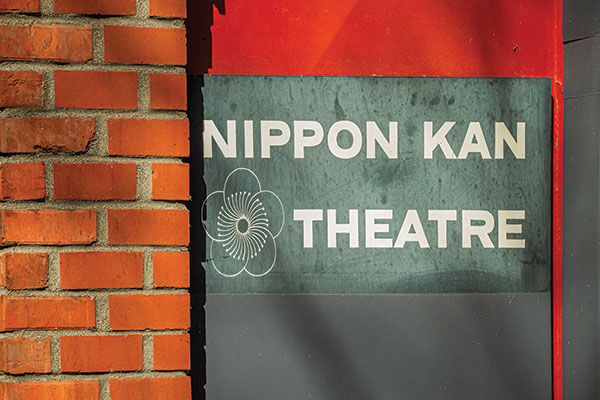
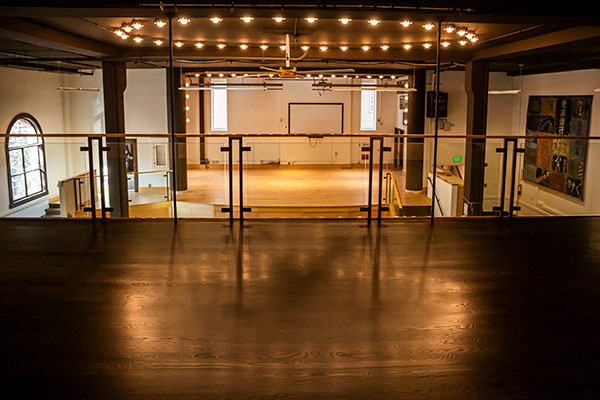
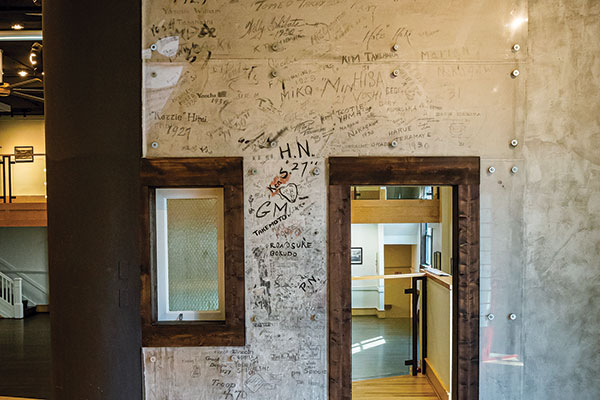
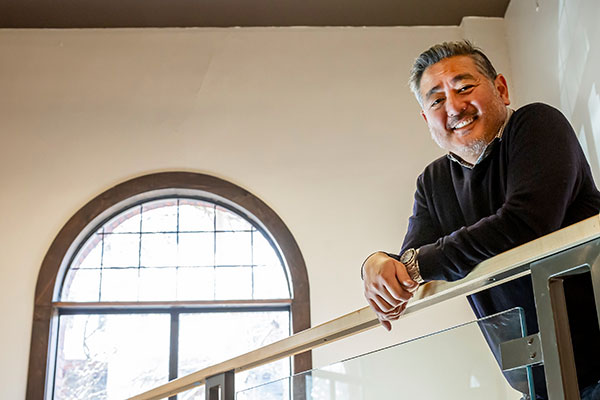
Hayashi saw potential in those bones but initially planned to save restoration for after he retired. He figured he’d lease out the office space in the meantime, but the increased popularity of remote work dramatically reduced demand.
So Hayashi accelerated his plans to return the Nippon Kan to its roots. This spring, the oak-floored stage, framed by a historic proscenium arch, welcomed the next generation of audiences and community members.
An Entrepreneurial Journey
Hayashi’s path to restoring the Nippon Kan began with his lifelong interest in business.
Hayashi’s parents were born in the United States but grew up in Japan before returning to western Washington. Hayashi’s father started one of the early import-export companies in Seattle—and his entrepreneurship inspired Hayashi at a young age.
When Hayashi began applying to colleges, his parents encouraged Ivy League or large universities, he says. But he was drawn to Whitman by the friendly people he met during a campus tour and a friend who also became a Whittie.
Hayashi’s life on campus revolved around building close social relationships. He was a member of the Beta Theta Pi fraternity, played on the lacrosse team, participated in intramural sports, raised money for philanthropies and started Whitman’s first Greek Week. Hayashi enjoys returning to Whitman often for reunions and fraternity get-togethers.
Though he was an Economics major, Hayashi enjoyed the diversity offered by a liberal arts education. His favorite classes included Sculpture and History. He also took the opportunity to connect more deeply with his culture, taking classes from Professor Akira Takemoto, including Japanese and Modern Japanese Literature.
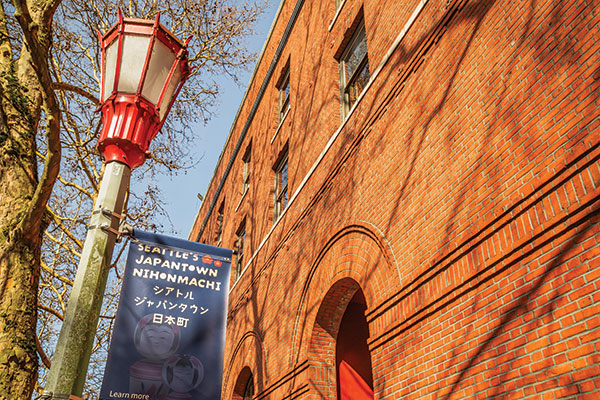
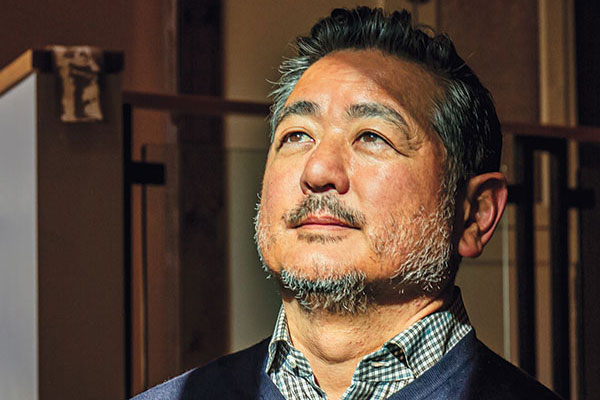
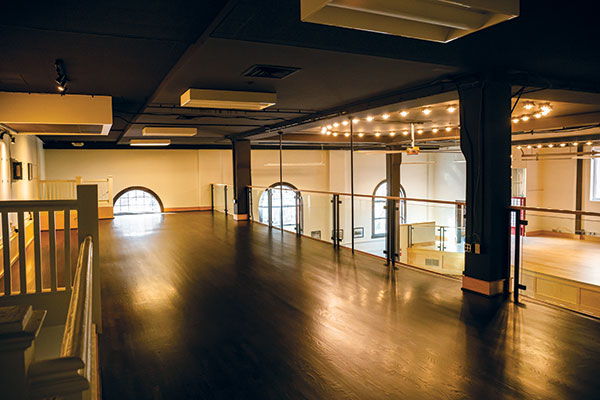
While earning his Master of Business Administration at the Wharton School of Business at the University of Pennsylvania, Hayashi interned at a Seattle health care company. That summer, he wrote a business plan outlining a concept for professionalizing the system of research sites for testing new drugs.
At the time, it was a new idea. Now, it’s a booming and vitally important industry. Hayashi has launched several clinical trial companies and has served as President and CEO of four. He is now President and CEO of Rainier Clinical Research and Seattle Clinical Research.
“It’s remarkable, the pace of drug development and the impact drugs have had on human life,” Hayashi explains. “If you look back to the 1920s and ’30s, the average age of death was quite a bit younger than it is now. Most of the change is as a result of drugs and devices, and all of the drugs and devices, in order to be approved as safe and efficacious, go through these clinical trials. So it’s a massive impact on worldwide health that we have.”
His search for a new home for Seattle Clinical Research led him to the building containing the Nippon Kan. It was ideally located in the heart of Seattle, with space for Hayashi to grow his company.
“Honestly, I mean, this sounds corny, but I fell in love with it right away,” he says. “Just everything was perfect for me. Maybe not for everybody, but I liked that it was an old, classic building from 1909. I love the connection as the cultural heart of Nihonmachi.”
A Revitalizing Effort
Owning and operating a theater space is a new venture for the healthcare business leader. Hayashi began by studying the community’s needs and found demand for more event space.
The multilevel theater, which can hold up to 463 people, doesn’t have permanent seating, making it a flexible space for fundraisers, weddings, and family and community celebrations, Hayashi says.
“You could see the bones of the building were tremendous: huge arched windows, 18-foot-tall ceilings. It’s a cool-looking space.
”
Eric Hayashi ’87
Other possibilities honor the Nippon Kan’s Japanese roots. Hayashi has talked with a local judo club about hosting a martial arts tournament. (Hayashi’s father was an instructor at the Seattle Dojo, the country’s oldest judo dojo, located just a few blocks away.) A friend contacted him about a potential Japanese puppet show performance. And Hayashi says he would love to rent some of the building’s remaining space to a business that makes or sells Japanese handicrafts, such as pottery or textiles.
Hayashi also hopes to attract theater productions and musical performances back to the Nippon Kan, especially those connected to Asian culture. He worked with the Seattle architectural and design firm Suyama Peterson Deguchi to revitalize the building, which is on the National Register of Historic Places, from the inside out: retrofitting it for earthquake safety, refinishing and replacing the theater’s oak floors, and repainting the exterior in black and red, which are culturally symbolic colors in Japan.
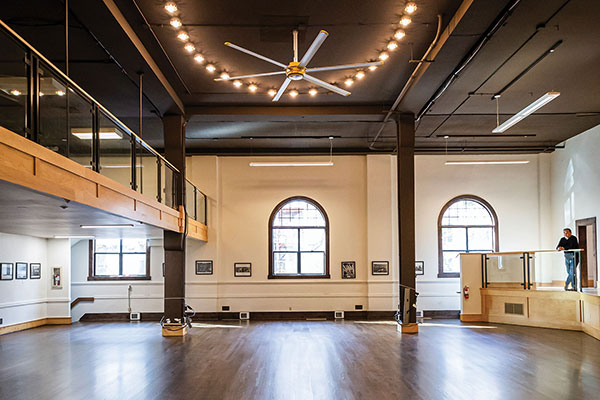
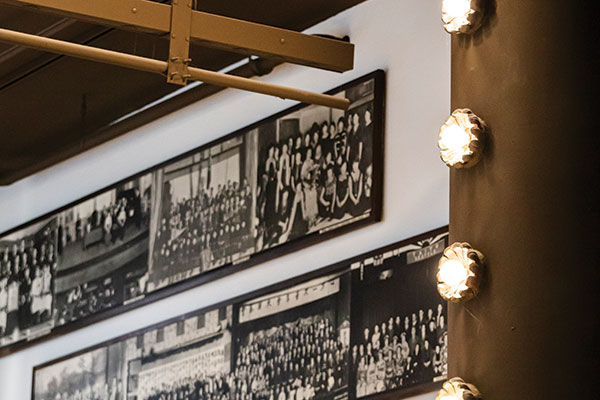
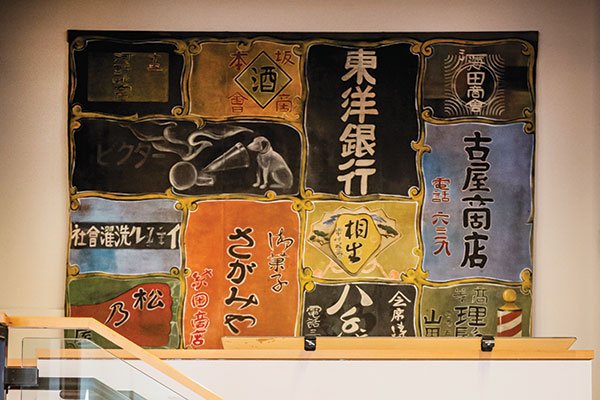
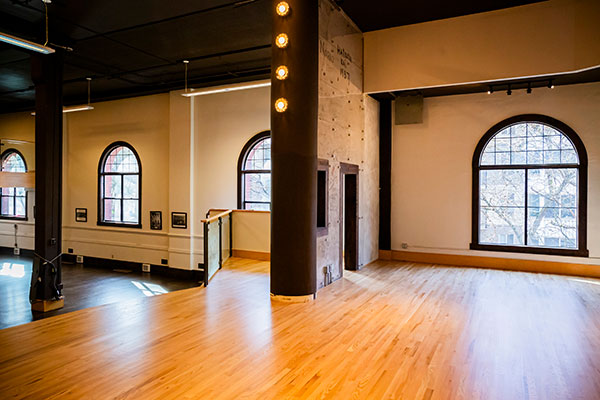
They preserved historical details, such as the flower-shaped original plaster light fixtures. The previous owner had commissioned an artist to re-create a screen from the theater that featured advertisements for Japanese-owned businesses. The original hangs in the Wing Luke museum, but the replica remains on display. He also worked with sound and lighting engineers to learn about the ideal setup for the stage—which is large enough to fit a full orchestra.
Hayashi says he wants to honor the energy Burke put into revitalizing the theater in the 1980s and continue the legacy of serving the community. “I’m hoping that I create some awesome memories for people.”
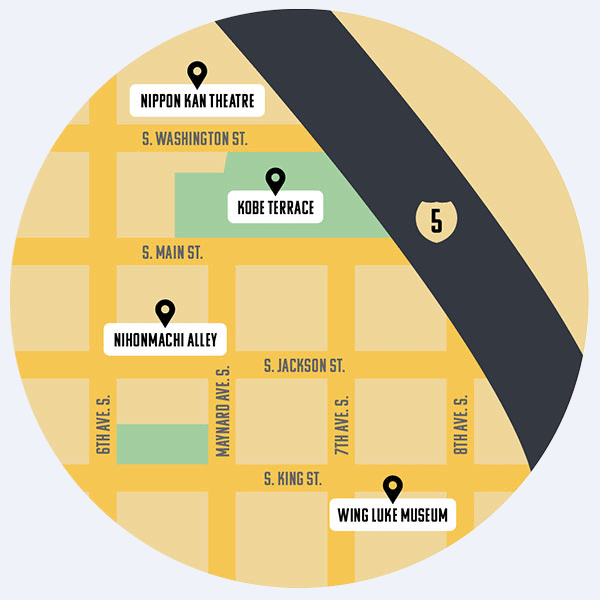
A Walk Around Nihonmachi
The Nippon Kan Theatre is in the northeast corner of Seattle’s Chinatown-International District, close to Pioneer Square, First Hill and downtown Seattle. Historically, the neighborhood was known as Nihonmachi, or Japantown. The population fell dramatically due to the incarceration of Japanese people during World War II, but the area is still vibrant with Japanese history and culture.
Across the street from the Nippon Kan is Kobe Terrace, a park honoring one of Seattle’s international sister cities.
A few blocks south, on the north side of Jackson Street between Sixth and Maynard, Nihonmachi Alley contains art commemorating people who were incarcerated and honoring those who returned to continue their businesses in Seattle.
Keep walking southeast, and you’ll find the Wing Luke Museum on King Street between Seventh and Eighth. The museum features the culture, art and history of Asian Americans, Native Hawaiians and Pacific Islanders.